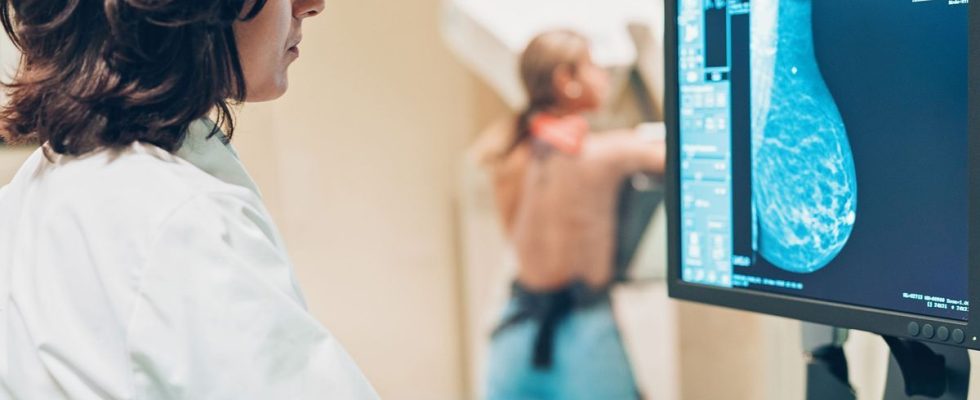Published on
Updated
Reading 2 min.
France is the country in the world where the level of incidence of breast cancer was the highest in 2022. Faced with this observation, doctors and associations insist on the need to better communicate around environmental risks.
Breast cancer is one of the best cured cancers in France: the five-year net survival rate is 88%, according to the League Against Cancer. But this disease is also one of the most widespread: with more than 61,000 new cases of breast cancer recorded in 2022, France became that year the first country in the world most affected by breast cancer, after the International Agency for Research on Cancer (IARC).
There are multiple risk factors for breast cancer: in addition to age and genetic predisposition, those linked to lifestyle are well known (sedentary lifestyle, alcohol, tobacco, excessive sugar consumption, etc.). But doctors now insist on the need to raise awareness of environmental risks such as pollution, endocrine disruptors or even pesticides… Although these factors are less frequently mentioned, they remain no less important. “Some of them are proven. Others are still under investigation“, underlines the National Cancer Institute on its website.
In recent years, scientific research suggesting a link between exposure to chemical substances and increased risk of breast cancer has increased. “Chemical contamination plays a determining role, primarily that linked to endocrine disruptors such as bisphenol A, perfluorochemicals, phthalates, parabens, etc.“, remember Environment Health Network on its website. The French association draws on a recent study published in the journal Environmental Health Perspectives mentioning 920 substances likely to initiate or promote the development of breast cancer.
A link has also been established between breast cancer and air pollution, as suggested by a research carried out by AtmoFrance unveiled in 2022 and which demonstrates the existence of a link between an increase in risk in the event of exposure to five pollutants, including nitrogen dioxide and fine particles. The link seems less clear when it comes to addressing the issue of pesticides. According to investigations of several French research institutes (including INRAE and Inserm), certain cocktails of pesticides nevertheless increase the risk of breast cancer in postmenopausal women.
In light of these data, Réseau Environnement Santé is sounding the alarm and stressing the need to lead the fight against breast cancer.based on today’s scientific knowledge and not on past uncertainties“. The association also recalls, according to data from the IARC, the number of annual cases of breast cancer between 2022 and 2050 in France could increase from 65,700 to 75,400 and that of deaths from 14,700 to 20,100.
